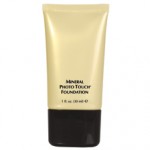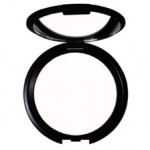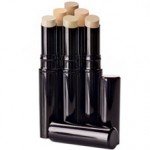
Based on Fresh Scientific Research from Harvard’s Dr. Amy Cuddy on a Time-Honored Topic
We all know about first impressions, right? They are quick. They are relentless. They are immutable. It’s important to convey how smart, experienced and knowledgeable we are. The personality part is secondary, right? We have to make that opportunity work for us. End of topic, right? W-R-O-N-G!
That’s what I thought about first impressions. I also thought that although personality counts, perceived competence was, by far, more important.
Then, as I began researching the topic for this article, I came upon the incredible work of Amy Cuddy, Ph. D., who presently teaches courses in negotiation, power and influence at Harvard. She is an amazing woman. As she continues her research, she comes up with new information that leads to useful contributions that can be applied to real life.
Here, I am going to surgically incise some specifically relevant information from her article for Harvard Magazine, “The Psyche on Automatic” that focuses solely on our first impressions and what we need to know to maximize them.
Dr. Cuddy discusses what she calls “spontaneous trait inferences” which is a very fancy way of saying, “first impressions”. Her research indicates that 80% of each first impression we make is based on the warmth and competence projected by us and perceived by our interviewer.
She states that one’s level of warmth is the first trait that is perceived and that it also accounts for more of someone’s evaluation than competence. She states that it is rooted in the “friend or foe” survival instinct.
What are these “warm” traits that carry so much weight in making a great first impression? Authenticity is part of the “warmth” package of traits. To signal authenticity, there must be congruence between verbal cues and non-verbal cues.
In addition, appropriate self-disclosure, the use of humor and natural smiles (involving the muscles around the eyes vs. only the muscles around the mouth) are important when projecting your warmth.
Behaviors that she calls “immediacy cues” also project warmth. These behaviors include leaning toward the interviewer and being physically closer to the interviewer. She does state, however, that the ideal distance varies across cultures.
In the nutshell, Dr. Cuddy’s research indicates that the most advantaged candidate is the one who comes across as warm as well as competent. When that combination is perceived, the interviewer feels admiration. This admiration leads to the active behavior of helping and the passive behavior of cooperating. These are both traits we want to engender in an interviewer.
Examples of this phenomenon in action can be reflected in the sphere of politics. George W. Bush was perceived as genial but not that experienced. His competitor, Al Gore, was perceived as qualified but not in touch with the common man. Perhaps similar comments can be made in regard to Barack Obama vs. Mitt Romney. We know the outcomes of both elections. Perceived warmth won out over perceived competence both times.
Another distinction between perceived warmth and perceived coldness is that while warmth is not generally assumed as an asset from only one incident, coldness can be perceived as a generalized personality flaw.
Examples of this can be seen in the negative impact of Mel Gibson’s anti-semitic rant on his career as well as John Galliano’s immediate dismissal from Dior after 15 years of employment along with subsequent legal consequences for the same reason.
Dr. Cuddy’s article offers much more grist for the mill. But for our purposes, the takeaway is that our warmth and charisma are as important or even more important as our perceived competence in terms of a first impression in any interview. Therefore, as we prep for that all-important meeting, let’s relax and know that being ourselves and coming across as warm and human may be the best key to success.








